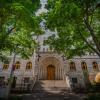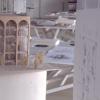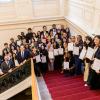Sea of tranquillity and pain
2025
Jun
23
Interesting shapes, surprising use of materials, and unique expression of emotions characterize the masterpieces of artist Hyeja Kim/Schäfer (18.01.1955 - 06.05.2023). Whether paintings or functional ornaments, each piece in the exhibition is a perfect representation of the emotional world of Hyeja, a South Korean-born sculptor and painter. Now the citizens of Pécs can enter this unique world, the general public can see for the first time some never-before-exhibited works, which will be on display with a fresh perspective and a powerful artistic message at the Gebauer Gallery until 19 July.
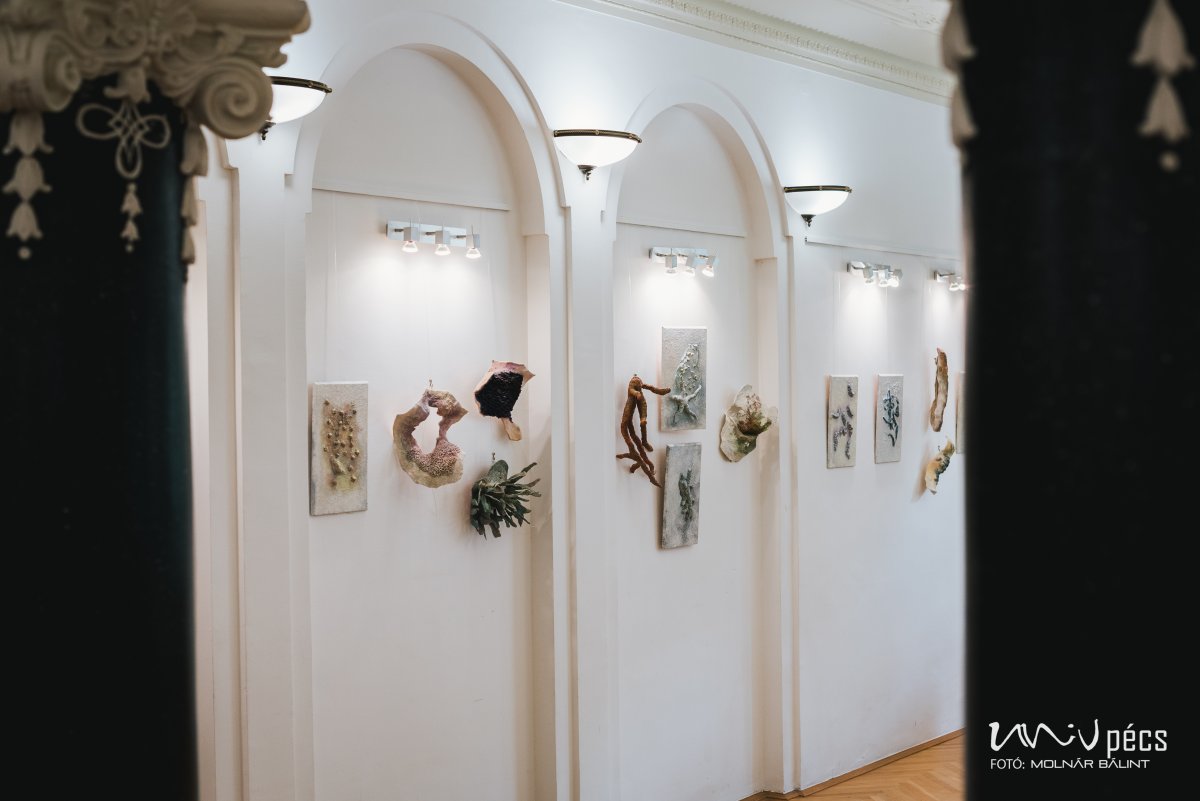
As if we had slipped to the bottom of the sea, where peace and tranquillity pervade the landscape. There are no storms, no waves, just a state of silence, a complete stillness.
The use of special materials has always characterised Hyeja's art.
She often mixed the use of iron, flat steel, cement, lime and canvas to create his works. This is also the case with the works on display at the Gebauer Gallery. He skilfully experiments with textures and plays with different movements.
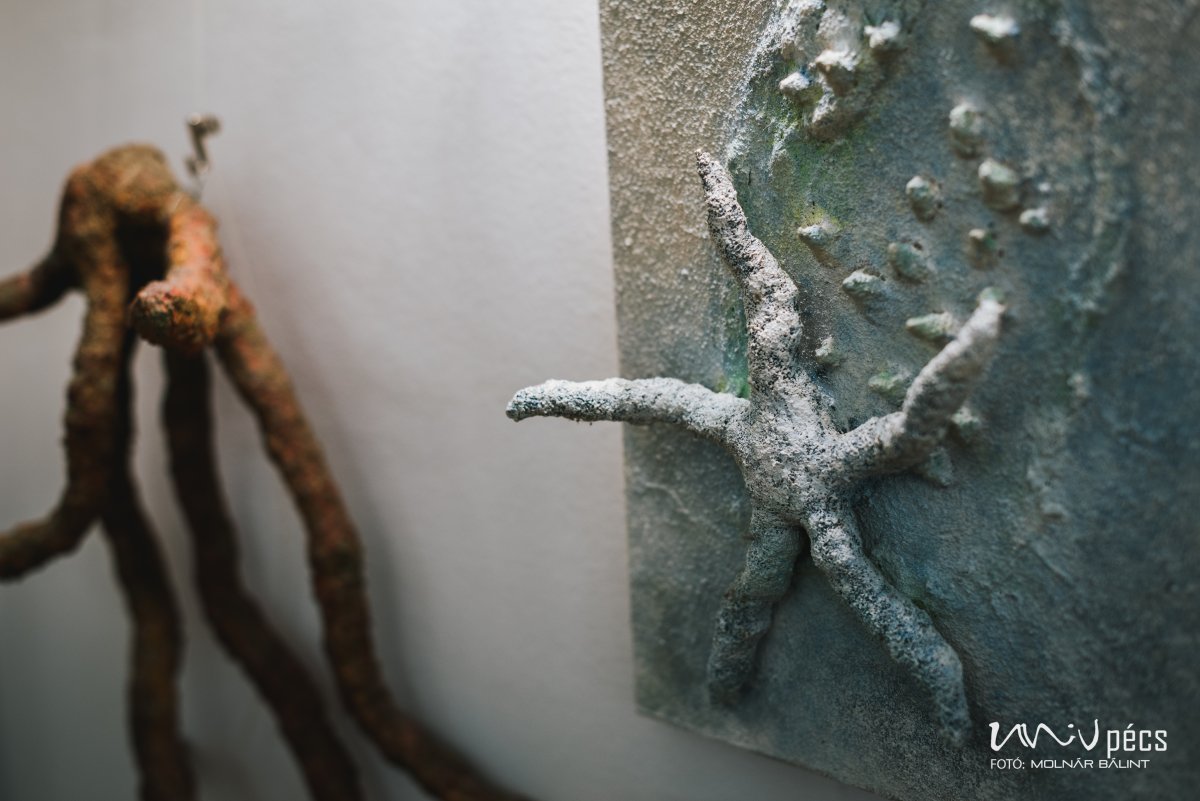
Throughout her life, Hyeja organized numerous exhibitions. One of her most prominent works was featured in a public sculpture exhibition organized by MBC, one of South Korea's most renowned television networks. She also had a solo exhibition titled A Log of Works at the Icon Gallery in Seoul. “Hyeja’s creations have always been grand in scale. For the current exhibition, we brought only her smallest pieces from Germany,” said Dr. Soo Young Park, the visionary behind the exhibition and the artist’s closest friend. Dr. Park is a professor at the Department of Hungarian Studies at Hankuk University of Foreign Studies and a guest lecturer at the University of Pécs. She told us that many of Hyeja’s sculptures and paintings were also used as stage structures and theatrical sets in live performances.
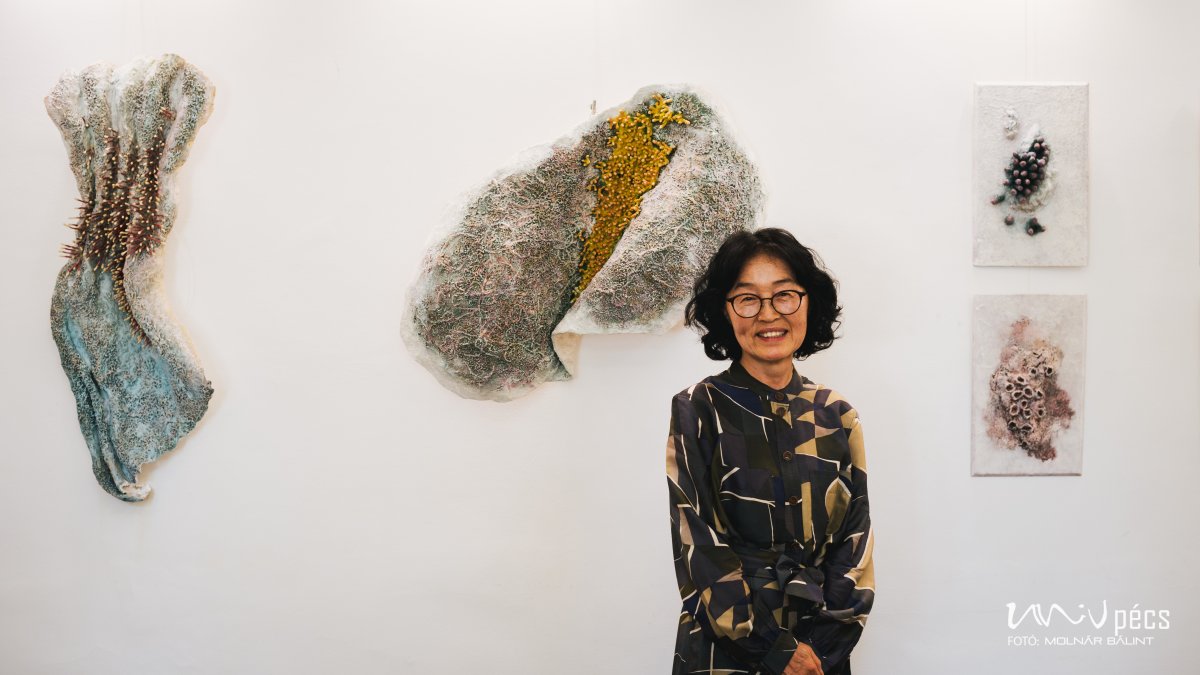
The two friends met at the University of Hamburg in 1979, where they forged an everlasting friendship. Despite the fact that they were separated by the sea over the years and settled on two different continents, they maintained their friendship until the artist's death. "She often referred to me as her little sister, and I thought of her as my older sister. I could always count on the tall, strong sculptress. After we returned to Korea, the bond remained: we stayed in close contact. I knew I could trust her with anything. After a while, she returned to Germany, which became her second home. Our frequent phone conversations helped us stay in touch," recalls Dr Soo Young Park.
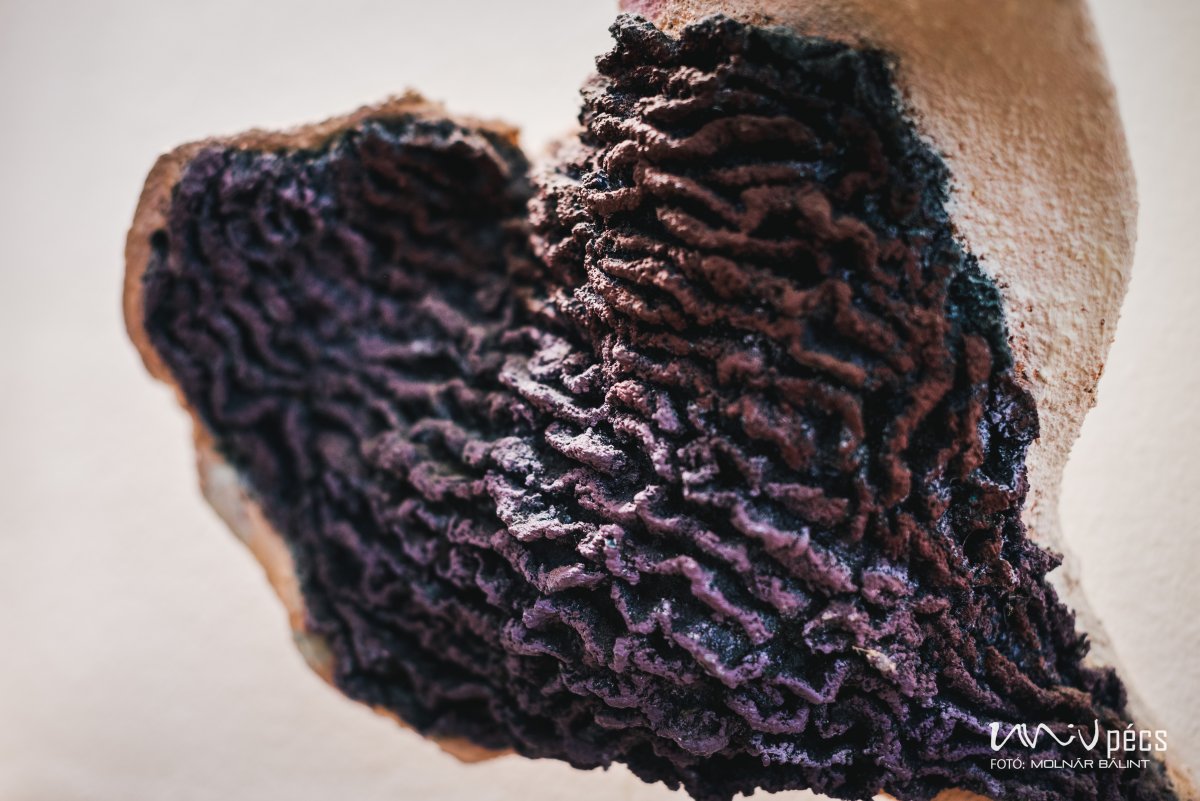
The pastel panel paintings are figurative copies of marine life - animals and plants - from which the artist created her series Aus einem lautlosen Ort (“From a soundless place”).
The artist's exhibited works attempt to express a sense of peace, an inner, human tranquillity in the midst of civilisational conflicts.
The path she takes seems to lead to silence; a deep, soundless sea where humanity can still be heard. West vs. East. Rapidly developing South Korea vs. tranquil Europe. "She always told me that she can't be happy in Korea because in a short period of time, Korean society is developing very rapidly, which leads to a lot of conflict and complications. In Europe, she could concentrate on creating. This continent was an island of peace for her," recalls the artist's academic friend.
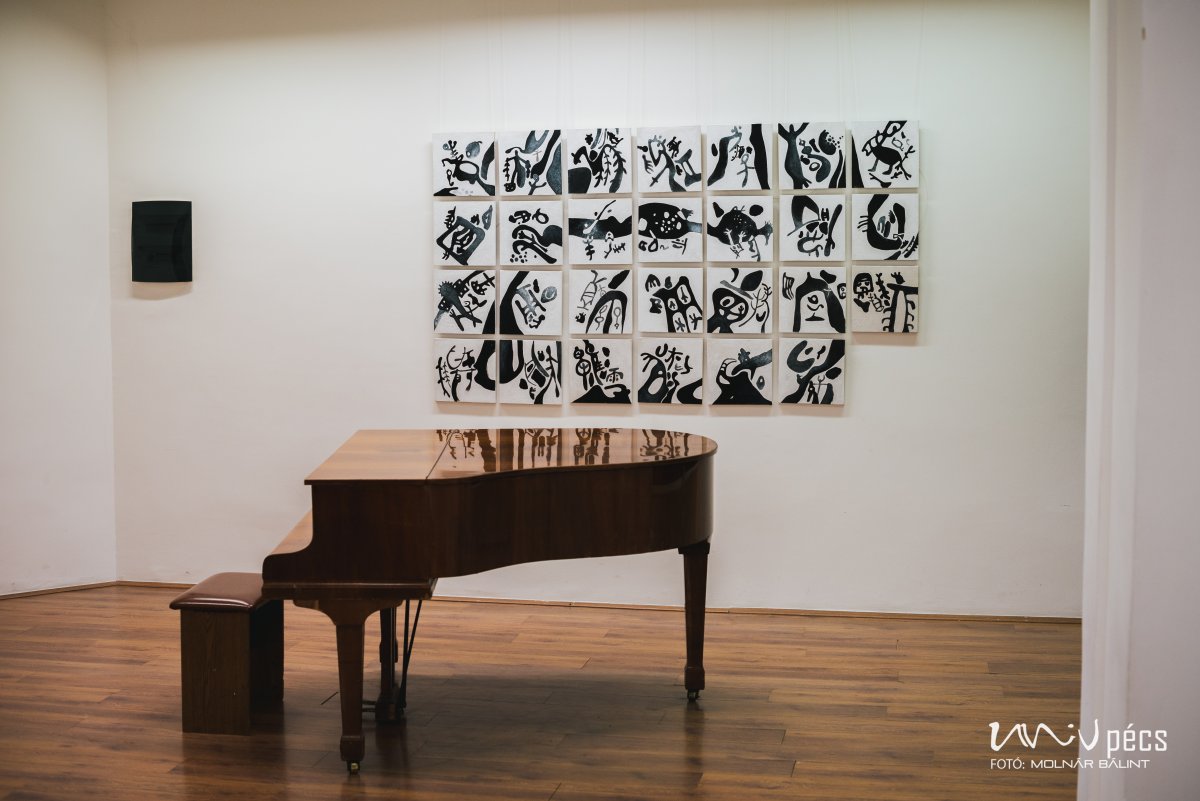
The exhibition shows not only a state of tranquillity, but also the anxiety, fear and pain that the artist felt deep inside. These are depicted in 6 expressive black drawings. Also on display are 27 black and white paintings inspired by an African artist during his trip to New York.
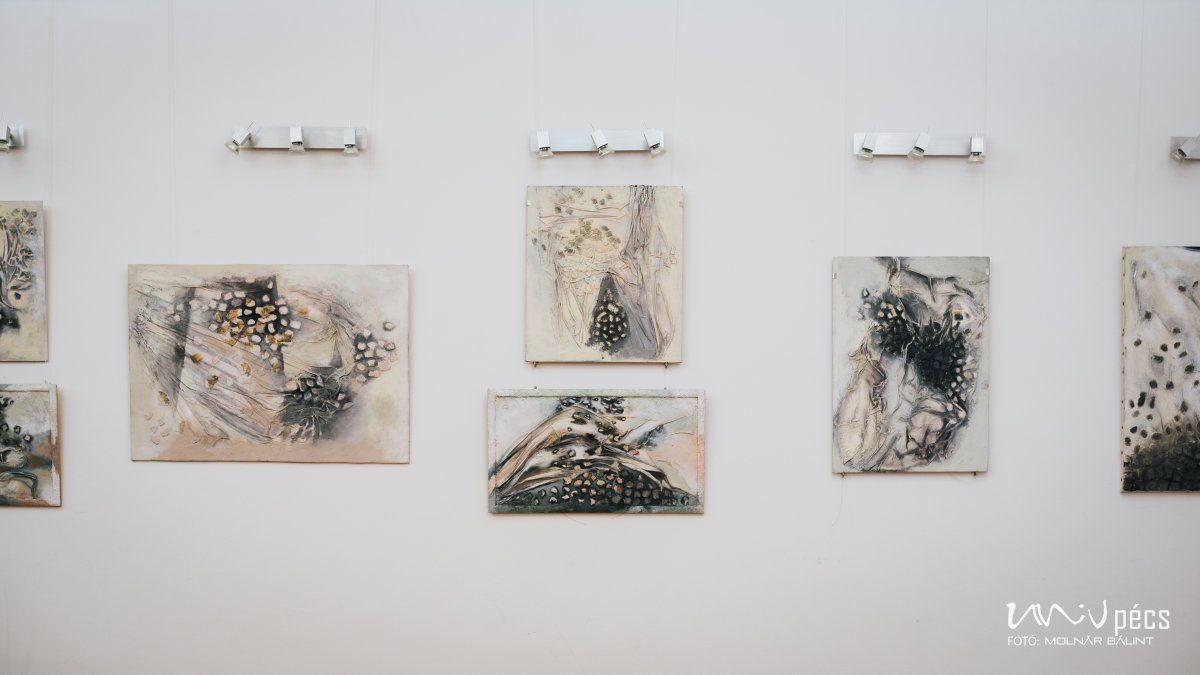
"I think that the organisation of this exhibition is
mainly thanks to the University of Pécs.
If I had not come here, if I had not been invited to Pécs, I might never have met the artist in her last days," said Dr. Soo Young Park, the Korean translator of The Stars of Eger, visibly moved. She continued, "It seems like a coincidence at first, but it is actually more than that. In our culture, we call it fate."
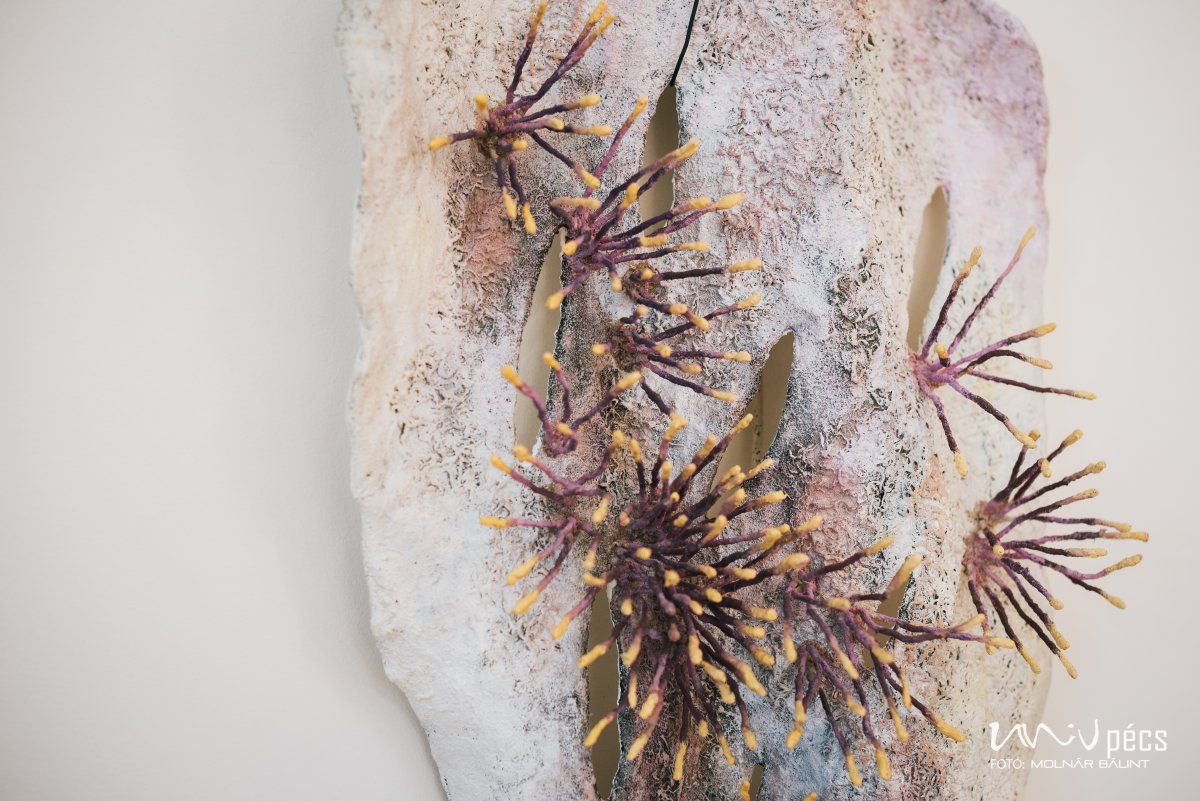
The artist Hyeja left her works to the professor's daughter, including works that she has never shown to the public before, such as most of the pieces of this exhibition.
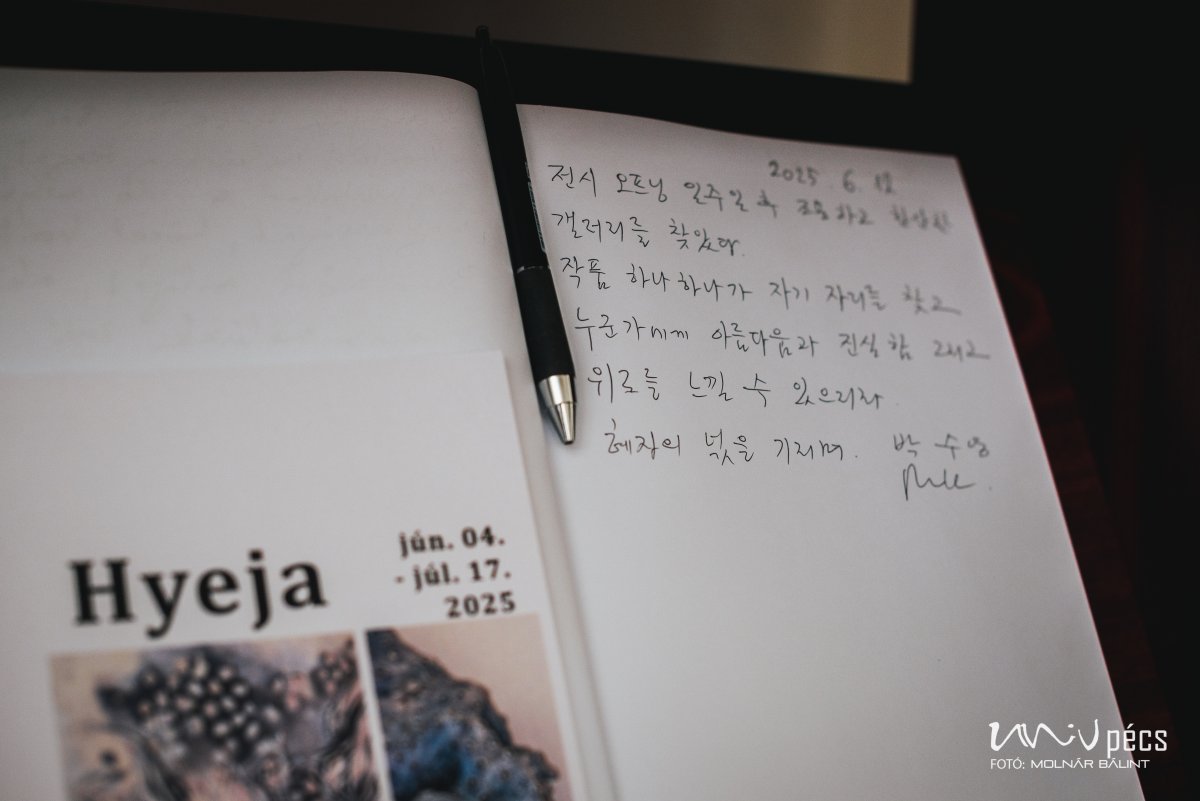
The exhibition is on display until 19 July in the Gebauer Gallery of the Civil Közösségek Háza. The future of the exhibition and the works is still uncertain, but Dr. Park encourages everyone to visit this unique exhibition or join her Korean language classes starting in September.
- Log in to post comments
University of Pécs | Chancellery | IT Directorate | Portal group - 2020.
